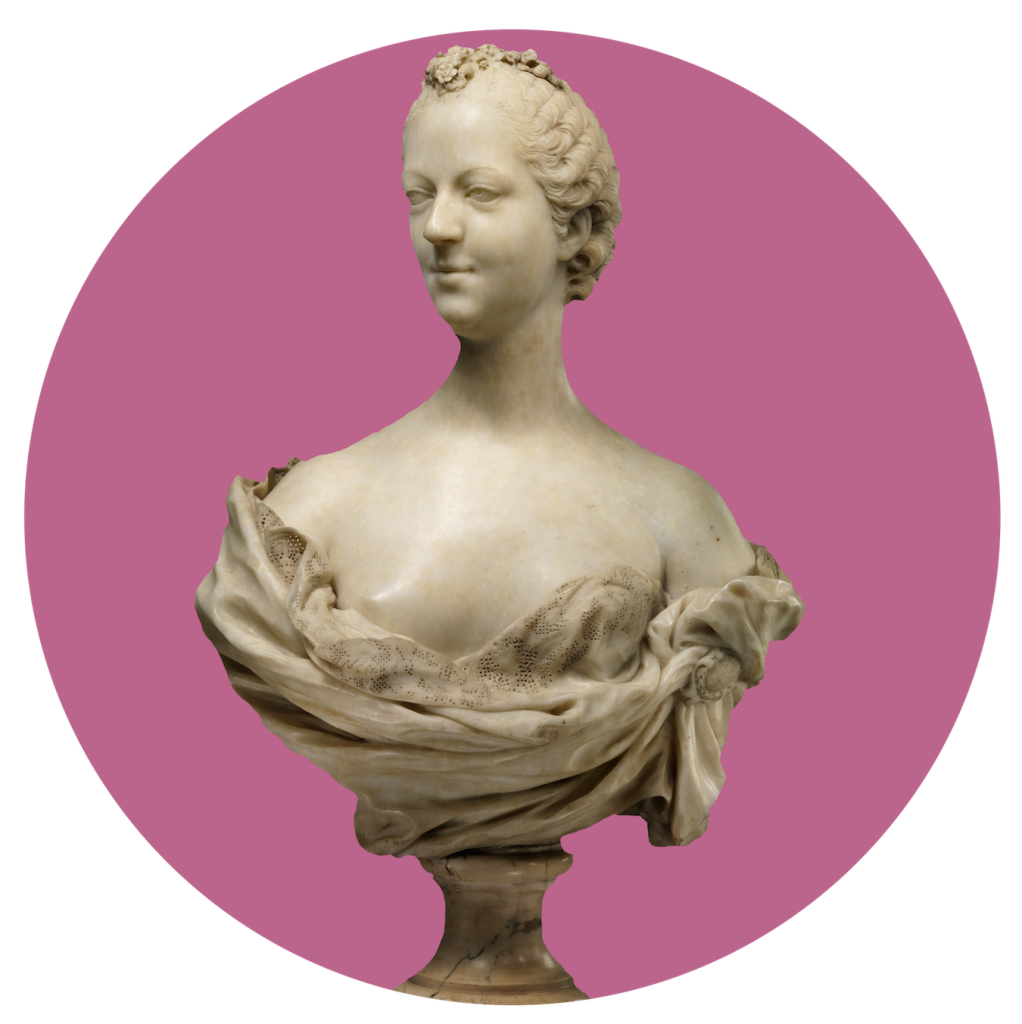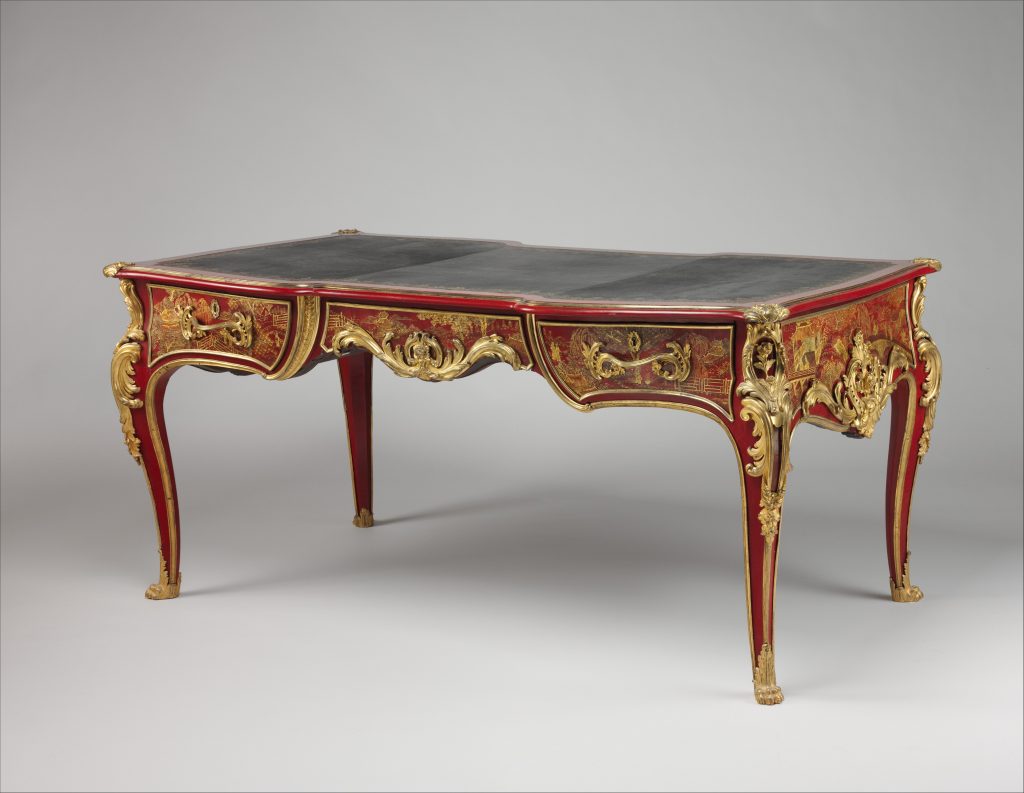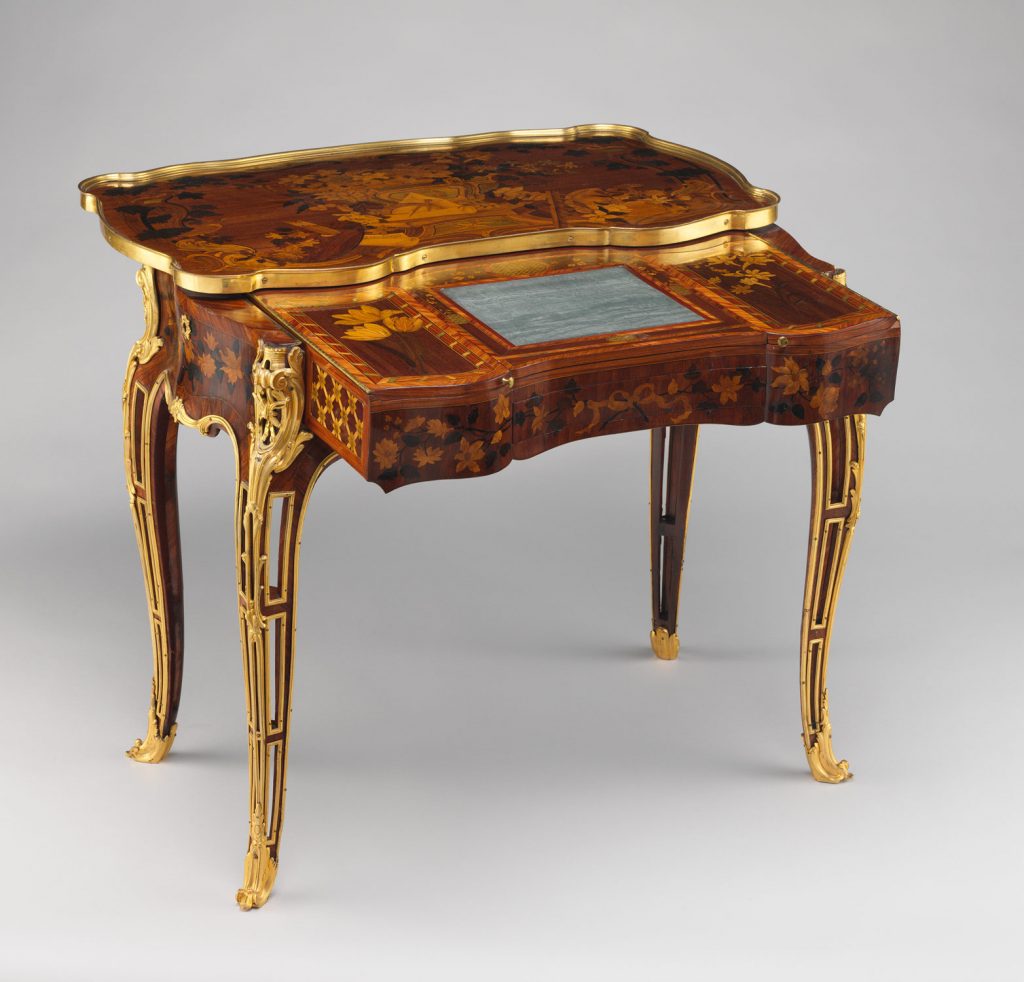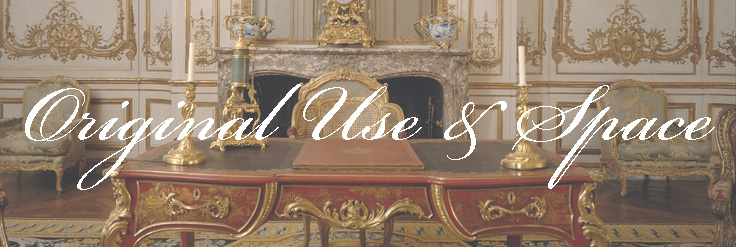



Goodman encapsulates the influence of a gender differentiation on the experience of the Enlightenment: “The small writing desk was associated with ladies, not because it was used exclusively by them, but because it supported the kind of writing they were encouraged and expected to do. This was the only desk a lady should have, and few ladies had any other. A gentleman, however, generally enjoyed the use of a bureau plat when engaged not in the leisure of writing familiar letters but in the work of the pen. The bureau plat was a man’s desk because it was a working space. Defined in the Encyclopédie méthodique as a ‘large table designed for the labor of writing or study,’ a bureau was standard office furniture for men engaged in a variety of professions” (Goodman 229).
Intellectual and individual activities proliferated for both men and women in the Enlightenment, but objects constituted the manner in which each gender could engage with these principles. Exploring these objects in detail restores the life of the objects, ultimately proving the power of material objects to shape how humans experience the world around them in both the eighteenth and twenty-first centuries.
Pages
practice
